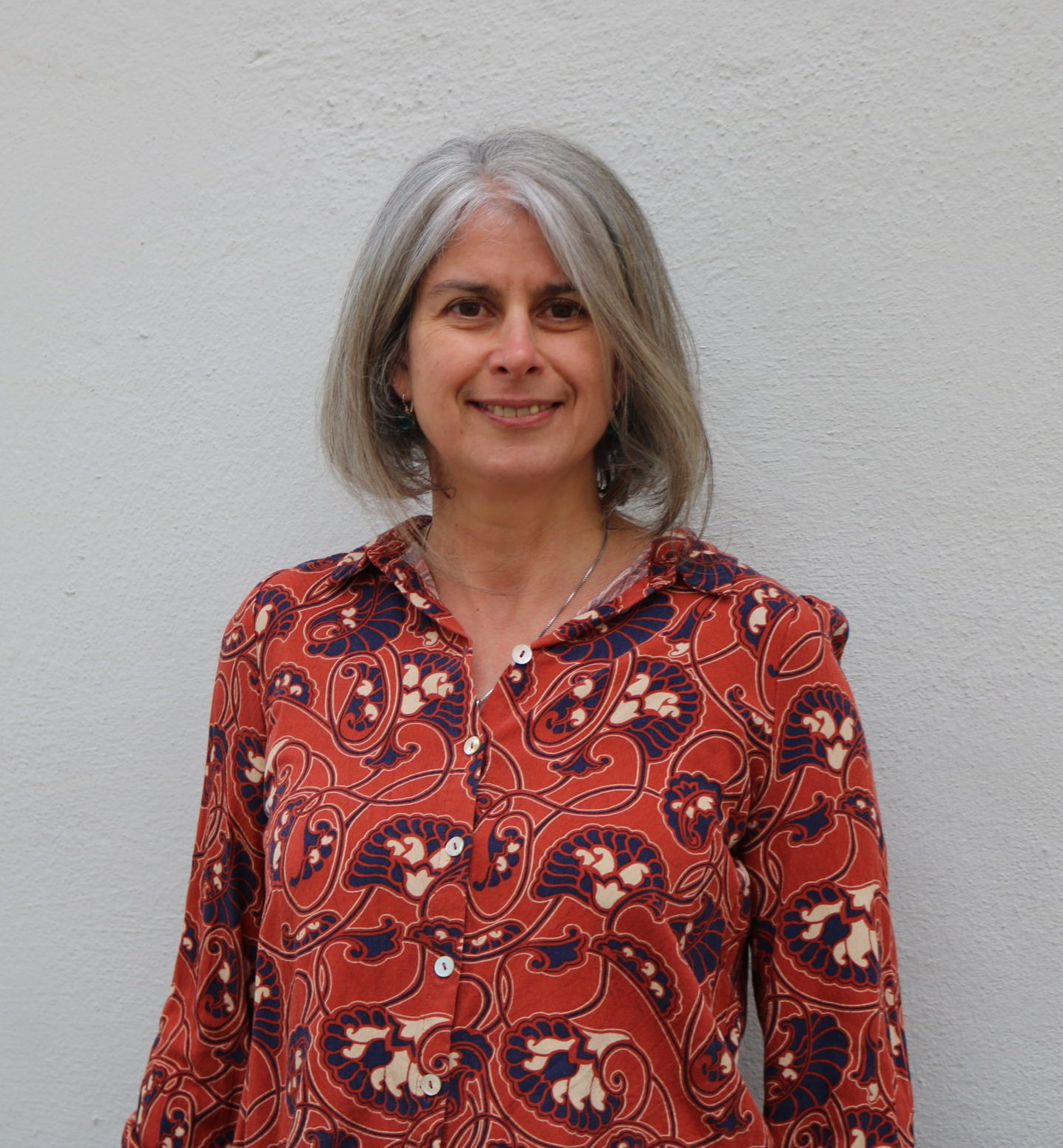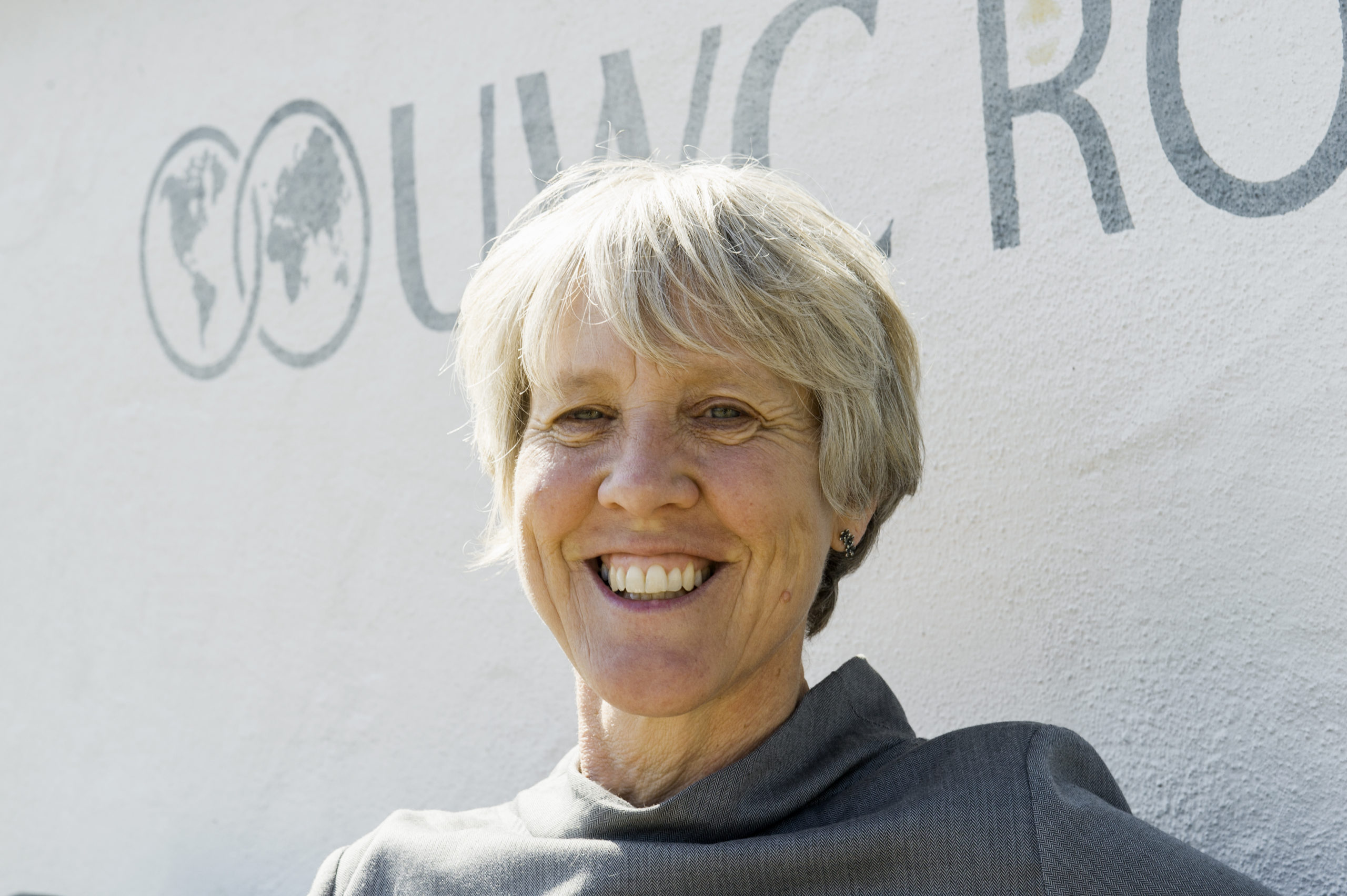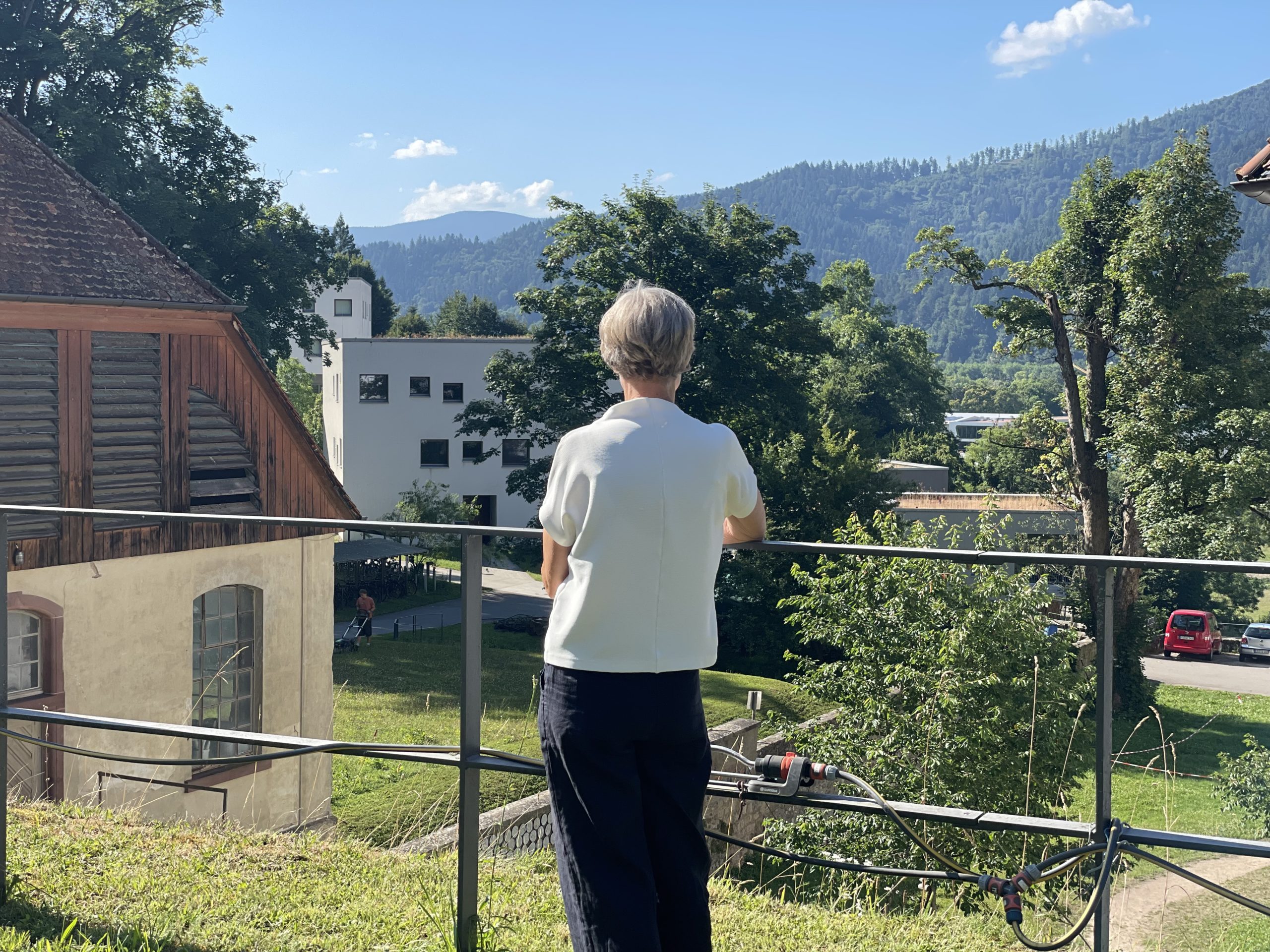Community Service at RBC: An Interview with Tina Patzelt

Responsibility and Community Engagement
At our school, the CAS program plays a key role in “experiential learning,” a concept developed by Kurt Hahn. CAS stands for Creativity, Activity & Service. To earn the IB Diploma, students choose various creative and sport activities and commit to a weekly service activity each school year—a form of voluntary work. Over time, the area of Community Service has grown significantly: today, the school maintains over 20 partnerships with institutions and initiatives in the city of Freiburg. These connections serve as important bridges between the school and the local community. Some of these activities also meet the criteria for Service Learning, a method that combines hands-on social engagement with academic learning in the classroom.
Here’s a conversation with CAS coordinator Tina Patzelt.
Community Service is an important part of life at RBC—so important that classes start later on Wednesdays. What’s the idea behind this?
Tina Patzelt: Most of our services take place in cooperation with other institutions—schools, kindergartens, senior and care homes, as well as small NGOs. These partners usually need help in the morning, so we’ve reserved time in the Wednesday timetable for students to engage in service. That scheduling decision reflects how seriously we take community involvement.
Experiential learning and service to others are central ideas in Kurt Hahn’s educational philosophy. How does that look in practice at RBC?
Tina Patzelt: The success of the program depends heavily on the commitment of both students and staff. Even simple tasks create meaningful interactions with others and open the door for educational exchange beyond the classroom. If we view our school as a whole organism, where every adult is in contact with students in their own way, then it’s enough for each person to keep just a few students in mind—that’s how strong relationships are built.
Many of our services have grown out of staff members’ own initiatives and efforts—for example, our school forest, the monastery garden, the bike repair program, or the Stolpersteine (stumbling stones) project.
You’ve built up this area over the past ten years. How do these partnerships come about?
Tina Patzelt: Like our school, the Service program aims to be as diverse as possible. Some partnerships have existed since the school’s founding—like our work with the nearby Johannisheim, the Bachpaten, or the Ferdinand-Weiß-Haus (a homeless shelter run by Diakonie). Others are short-term, seasonal projects. Some come about through personal connections, initiative from staff members, or even host families. Ideally, our partners can actively guide students and collaborate with them on projects. A great example from last school year was our work with Zuka Solicafé in the Haus der Jugend and the project group Democracy Crew 100%. Wherever possible, we try to integrate sustainability into our project choices and reflect on how these topics can connect to our broader educational goals.
What skills does the Community Service program aim to develop?
Tina Patzelt: Reading students’ portfolios, I often find that the most powerful learning moments come from direct interaction with people. These moments can be deeply moving or sometimes quite challenging—either way, they’re valuable. The service experience is also about working as a group and figuring out together how to achieve a goal. Real learning and personal growth happen when students spend extended time within an organization and experience its daily life. That may include facing obstacles—and then the key question becomes: how do we deal with them?
Do you have a personal highlight?
Tina Patzelt: One thing I really enjoy is that every year we’re able to invite around 20 external organizations to our “Fair/ Marketplace of Possibilities” to present themselves and their work. This gives students a wide range of choices. I’m also happy when one thing leads to another—for example, a colleague organized a trip to Vukovar, Croatia, last fall to explore how remembrance culture is practiced there. And thanks to our ongoing Stolpersteine service, we’re often invited to take part in events on remembrance here in Freiburg. In that sense, Community Service has really helped us as a school to become part of the fabric of the city.
Recently, the term Service Learning has been getting more attention in education. What’s the difference between that and Community Service?
Tina Patzelt: Not all of our Community Service activities qualify as Service Learning. They become Service Learning when they are tied to academic or pedagogical content that is introduced beforehand and then applied through the project. This is the case, for example, with our Stolpersteine project or our collaboration with the Freiburg Documentation Center on National Socialism. In these examples, students research the biographies of Holocaust victims or learn about the history of the Nazi era—and later publish their findings on the Stolpersteine website or present them in guided tours.
When planning new projects, we increasingly aim for Service Learning—and we’re also receiving growing interest from outside. Schools and training centers regularly ask us to present our program. Most recently, we were invited to showcase it in a forum organized by the “German School Portal.”

